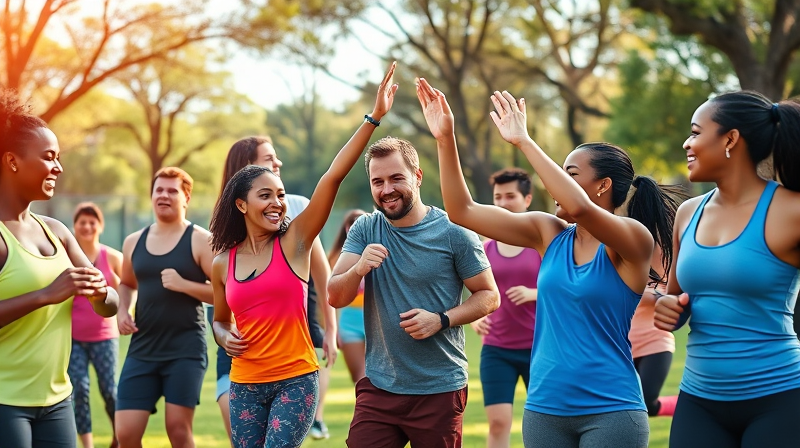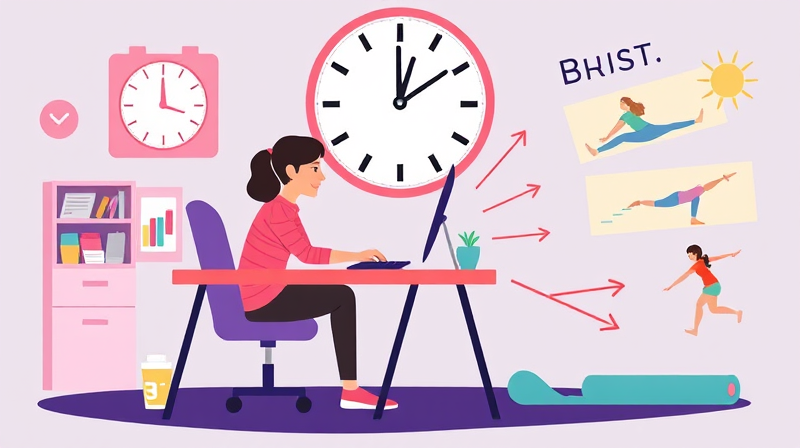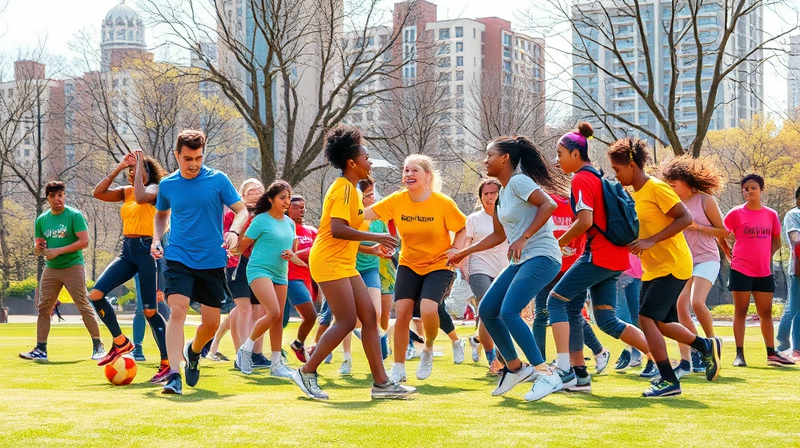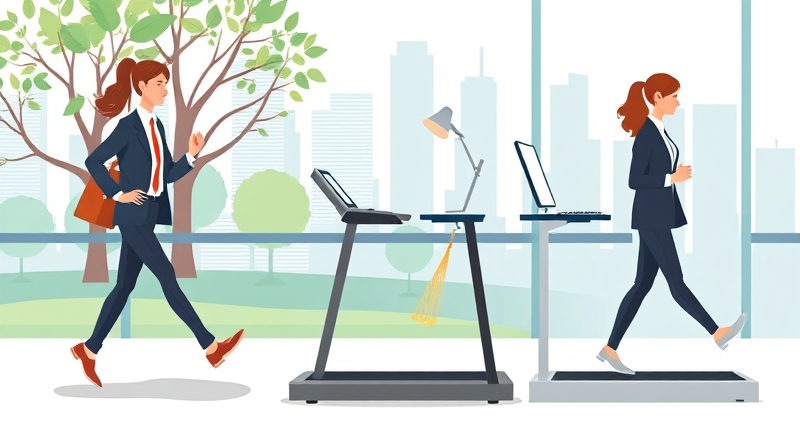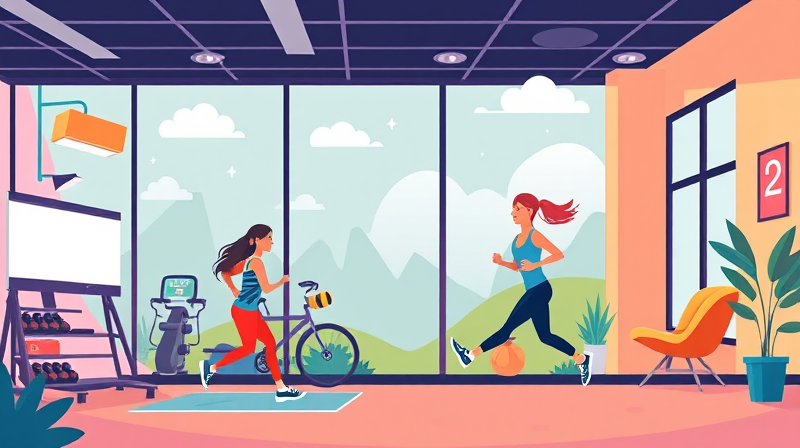Group athletic activities bring together the joy of physical exercise with the transformative power of social connections. In today's fast-paced world, it is more important than ever to seek out opportunities that nurture both our bodies and our minds. Participating in team sports or group workouts makes it easier to forge meaningful friendships, empowering individuals to achieve personal growth while simultaneously having fun.
When people come together with a common goal, the benefits extend far beyond the realm of physical fitness. Shared endeavors help build long-lasting trust, create an environment where challenges are overcome collectively, and inspire a spirit of unity that carries over into every aspect of life.
The Social Advantages of Group Sports
One of the most apparent benefits of engaging in group sports is the formation of strong social bonds. Building lasting friendships is a natural outcome of shared athletic pursuits because these experiences encourage participants to support each other through ups and downs.
- Shared Experiences: The very nature of team workouts and competitive sports helps to create memories that last a lifetime. Participants benefit from the unique bonding opportunities that come from overcoming physical challenges together.
- Enhanced Social Skills: Whether in a casual sports setting or in competitive group exercises, individuals improve their interpersonal skills. Conversations extend beyond game strategies to life lessons that are transferable to academic and professional settings.
- A Sense of Belonging: Taking part in group athletic events offers a community spirit that can alleviate loneliness and foster a feeling of inclusion. This shared sense of purpose boosts confidence and enhances emotional well-being.
The social connections formed in such settings are often the catalyst for more profound personal development. The supportive atmosphere is instrumental in helping participants find acceptance and encouragement during both their athletic and personal journeys.
Impact on Mental Health and Personal Confidence
Engaging in group athletic activities is not just about building physical strength; it is equally effective in reinforcing mental resilience. Exercise has long been known for its therapeutic benefits, and conducting these activities as a group multiplies positive effects.
A strong community presence reduces stress, providing a natural antidote to the daily pressures that many individuals face. This supportive engagement is beneficial for overcoming feelings of isolation and depression.
- Improved Mental Health: Group physical activities significantly decrease stress levels and help to alleviate symptoms of depression. They serve as a natural mood booster, thanks in part to the camaraderie and laughter shared among participants.
- Enhanced Self-Esteem: Working with peers inspires a heightened sense of self-worth and confidence. The visible progress in fitness and teamwork reinforces self-assuredness, which can be instrumental in other personal and professional pursuits.
- Motivation to Excel: In the presence of a lively and encouraging group, individuals are more likely to step out of their comfort zones. This collective motivation challenges each person to push their limits, try new strategies, and achieve personal milestones.
These mental health benefits are further amplified by the trust and support that develops within group settings. Taking on challenges side by side not only ignites personal achievement but also cultivates a shared determination to face life's hurdles head-on.
Academic and Professional Growth Through Teamwork
The skills honed during team sports are invaluable far beyond the playing field. In fact, many young people find that the lessons learned during group athletic activities directly contribute to their academic and professional achievements.
Education and sports often go hand in hand, as participating in team sports requires precise time management and the ability to balance multiple responsibilities. These competencies pave the way for success in both scholastic and career endeavors.
- Improved Academic Performance: Numerous studies have shown that student-athletes maintain better academic records, thanks largely to the discipline required by sports training. This commitment often results in higher graduation rates and a more balanced lifestyle.
- Time Management: Group sports require a dedication to scheduling and prioritizing tasks, skills that are directly applicable in professional settings. Balancing school, work, and training teaches individuals the art of effective time management.
- Leadership and Teamwork: Every participant plays a part in the success of the team. The lessons learned on the field—such as cooperation, decision-making under pressure, and mutual respect—translate directly into valuable workplace competencies.
All these elements come together to help individuals become not only better athletes but also well-rounded, resourceful, and empathetic citizens in their communities and professional lives.
Ultimately, the interplay of athleticism and friendship fosters an enriching environment where both physical and emotional strengths are celebrated. Group activities provide a platform for creating confidence and could be the stepping stone to lifelong achievements.
The journey to self-improvement is best traveled with others. By embracing group athletic endeavors, individuals enhance their network, bolster mental health, and develop skills that pave the way for educational and career successes.
This inspiring movement towards merging athletic activities with friendship has proven to be a catalyst for long-term fulfillment. The valuable connections made during these activities persist well beyond the time spent on the field, enriching the lives of those who partake.
In conclusion, the combination of group sports and friendship is a powerful recipe for a rewarding lifestyle. Engaging in these activities generates a positive cycle of progress—where fitness, community, and personal development support each other. Every effort to participate in such endeavors contributes to a healthier, happier life, and reminds us all that we are stronger together.

